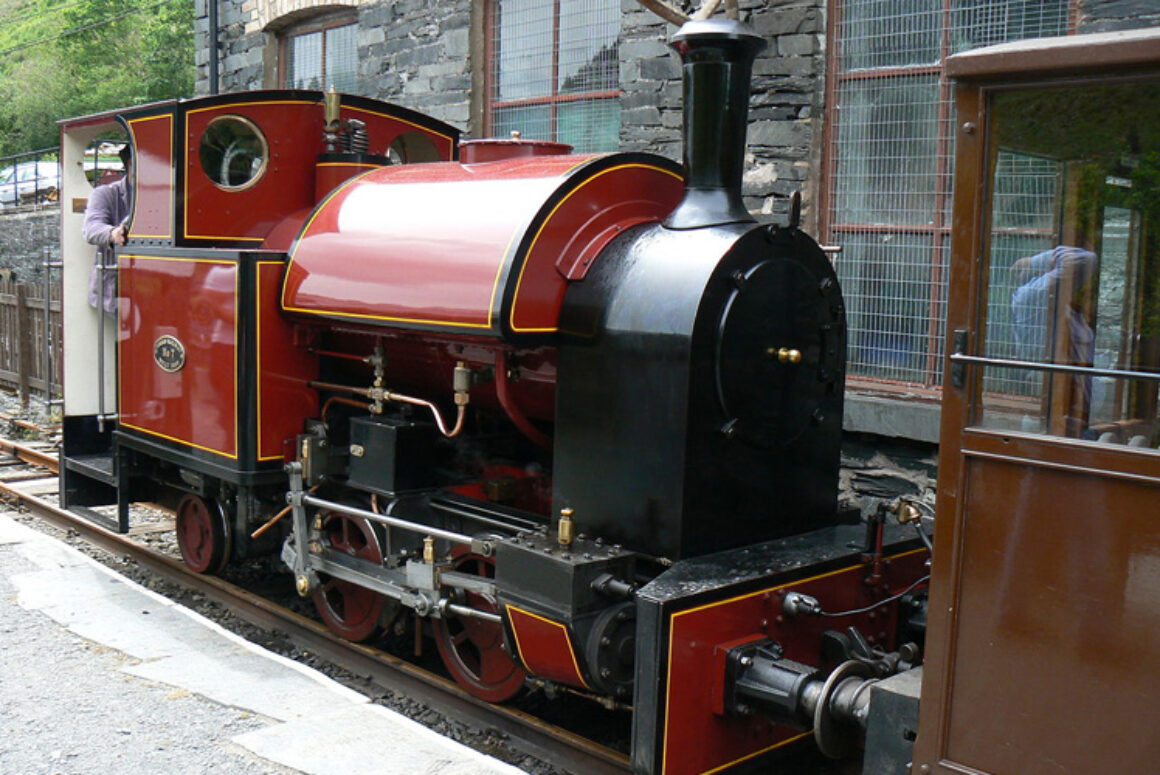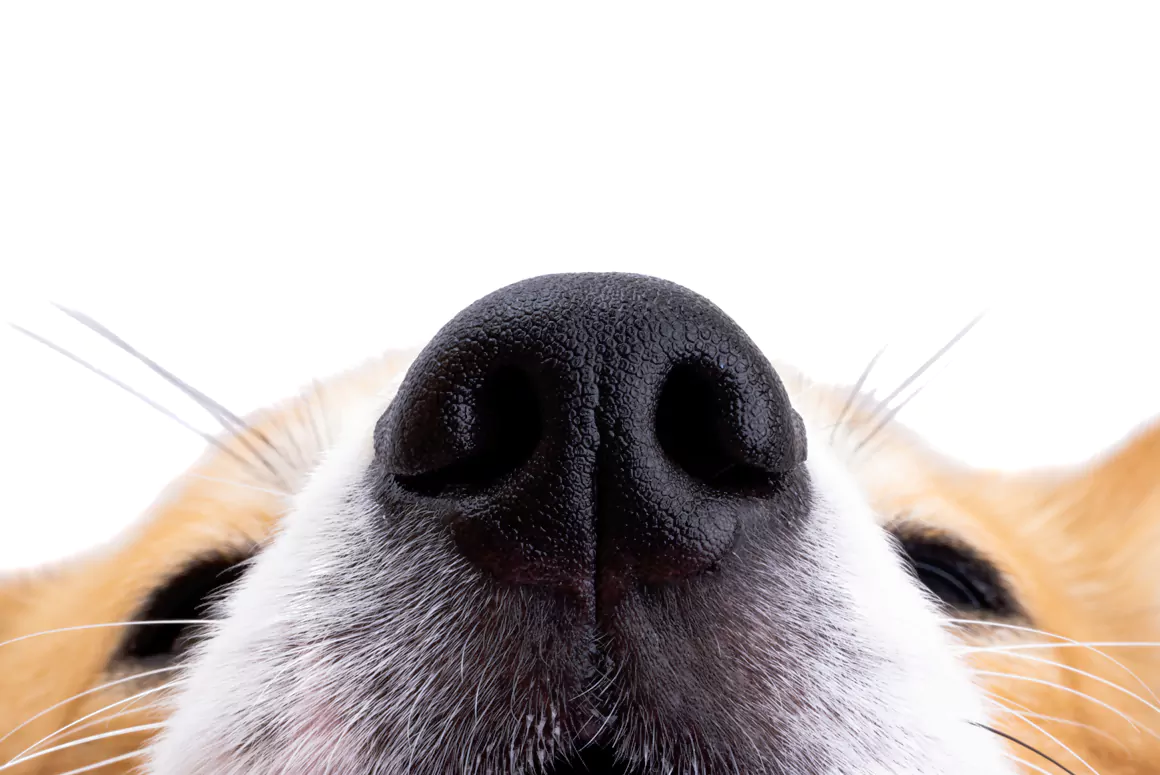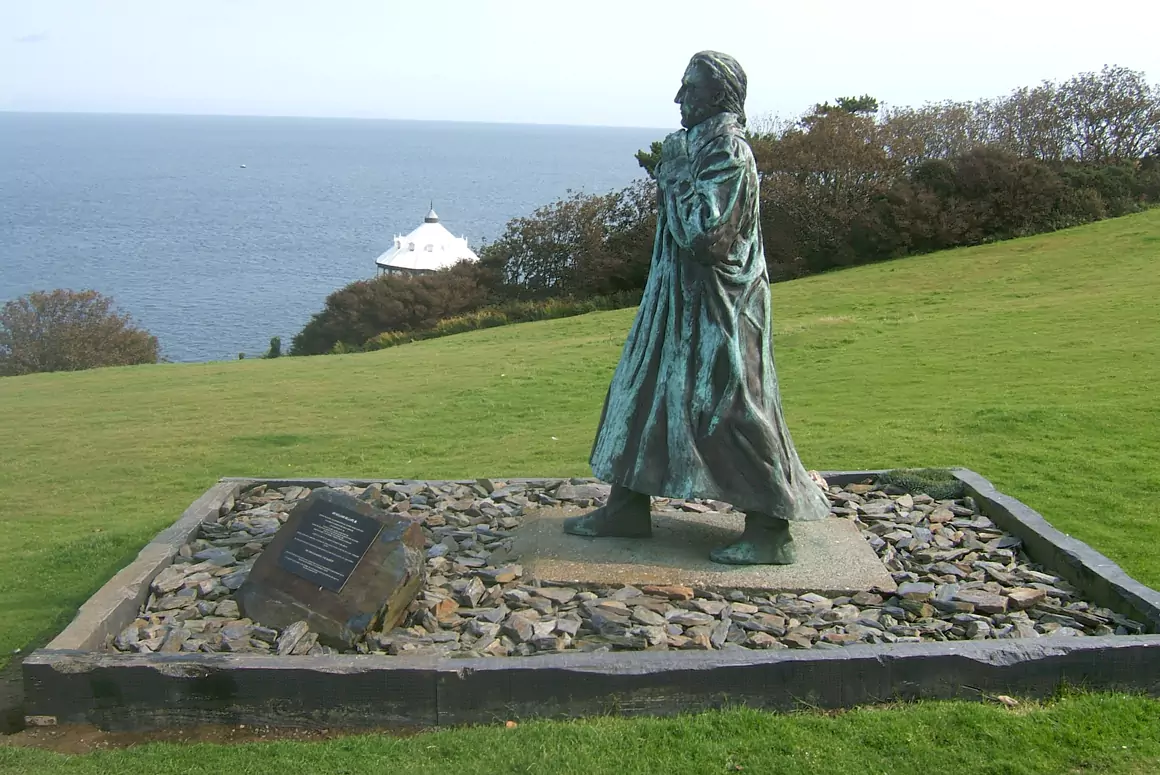![]()
The tiny village of Corris is cuddled deep in the Dulas Valley, hidden amidst the Dyfi Forest in County Gwynedd on the west bank of Afon Dulas. It’s some seven kilometres (a bit over four miles) north of Machynlleth and close to seventeen and a half kilometres – eleven miles – south east of Dolgellau.
I arrived from the top, weaving my footsteps down the steep slope into what could seem like scaling down into a teacup. Probably feeling that way because I was ready for a cup of tea myself. The mist curtained the mountainsides all around and sent tendrils throughout the quiet village of gray stone, slate roofed dwellings, pub, hostel, Institute, Church, Museum and Café.
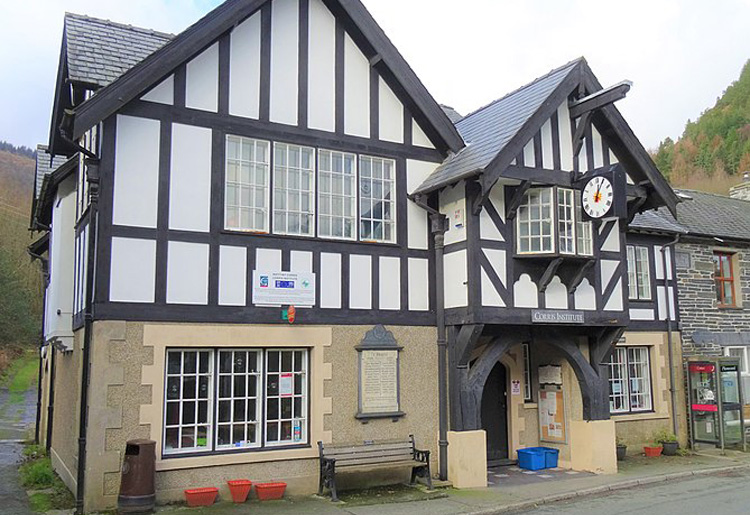
Corris, whose name may have been chosen to honour Corus, the 7th century monk, displays the fruits of her former glory on her rooftops. Slate. It’s what brought the railway and grew the village. Now, amidst woodlands of conifer and broadleaf – woods of oak, sycamore, ash, hazel, pine, willow, it’s an oasis for some 600 villagers and the springboard for hikers, walkers of all levels and bikers. The Enduro bike race draws and pleases large crowds. Runners too, come here heading up through the mountain trails, here in the realm of Cadair Idris, southern Eryri (Snowdonia). Cadair Idris. The giant Idris’s chair. Here where the boulders tossed out of his shoes, plummeted down the mountainside, strewn about there to this day. And Gwyn ap Nudd roamed with his hunting dogs.
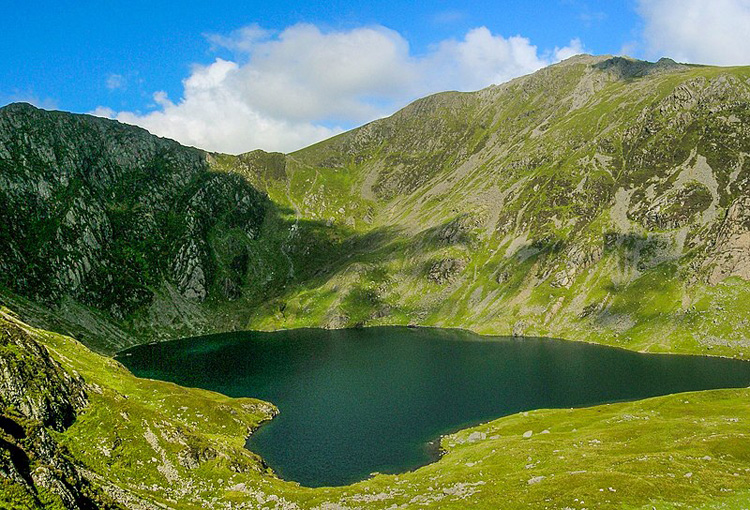
It was at the Institute on Bridge Street, where I slated my thirst with that cup of tea in the café and bought stamps at the post office for the postcards I had promised to send. My first cup. The Corris Institute is central to this close knit community with meeting rooms, plus ones for village computer use, snooker, dance, keep fit classes, concerts, lunches and dinners, parties and more. A community centre. The second cup was at the Railway Museum’s Café as I waited to board the narrow gauge train. The museum has original, slate carrying wagons and a workshop for the restoration works in progress. It felt gothic starting out with the mist deep in the valley but when the sun came out of hiding, I realised that what I thought were particularly dense gobs of cloud were actually grazing sheep!
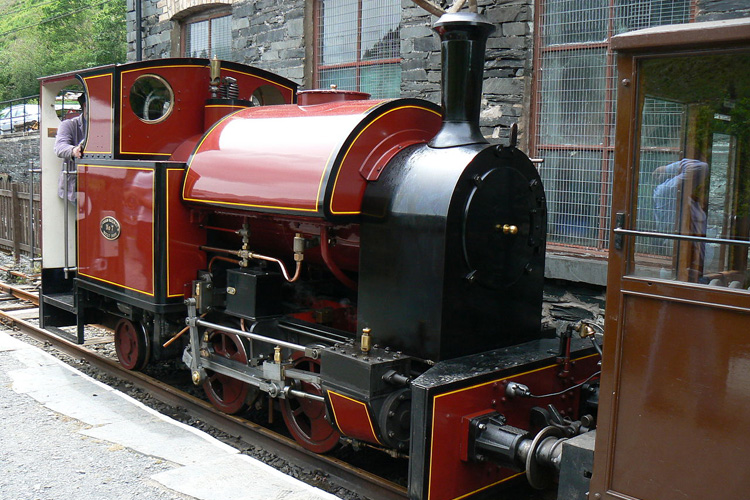
It was here that John Disley was born in 1926 on Chapel Street. Olympic medallist of the three thousand-metre steeplechase in 1952, he made his first toddling steps along the narrow lanes of Corris. John Disley went on to co-find the London Marathon and receive many honours and awards in his sport bringing more glory to his birthplace.
It was here in 2020, not many houses away from Disley’s home, that twelve year old Tom Gilbert, in the throes of Covid lockdowns, moved a thought he had percolating in his mind, dreamed it into reality by mapping out the route with his father, Huw and running the area’s thirty metre plus peaks. The Corris Round. Starting with a sound rap of the Institute’s doorknocker, over fifty-six kilometres, eleven and a half hours later, he ended with a return knock on the same door. Their trail traversed twelve peaks: Darren Y Llun, Tyrrau Mawr, Cyfrwy, Craig Com March, Mynydd Moel, Cader Idris (the highest, of course), Gau Graig, Cribin Fair, Waun Our and Maesglase.
It’s easy to miss Corris in the rush of traffic on the A487. Once there, and after a jaunt on the Minffordd Trail, the Can Hangae Walks or the Corris Village Walk or any of the other possibilities, it remains in your memory – a village of ancient, old and new legends.
Finding Corris:
By car: South from Dolgellau or north from Machynlleth on the A487.
By bike: NCN (National Cycling network) No 8. Lon Las Cymru. Take the inland route towards Dolgellau and Coed y Brenin.
By rail: To Machynlleth Rail Station then take the bus.
By bus: 34, 30, X27, T2
Words: Gillian Thomas
![]()


